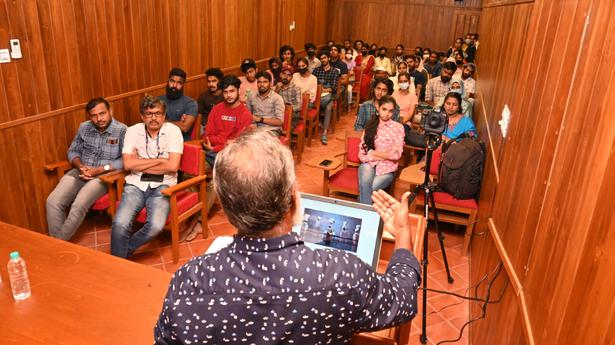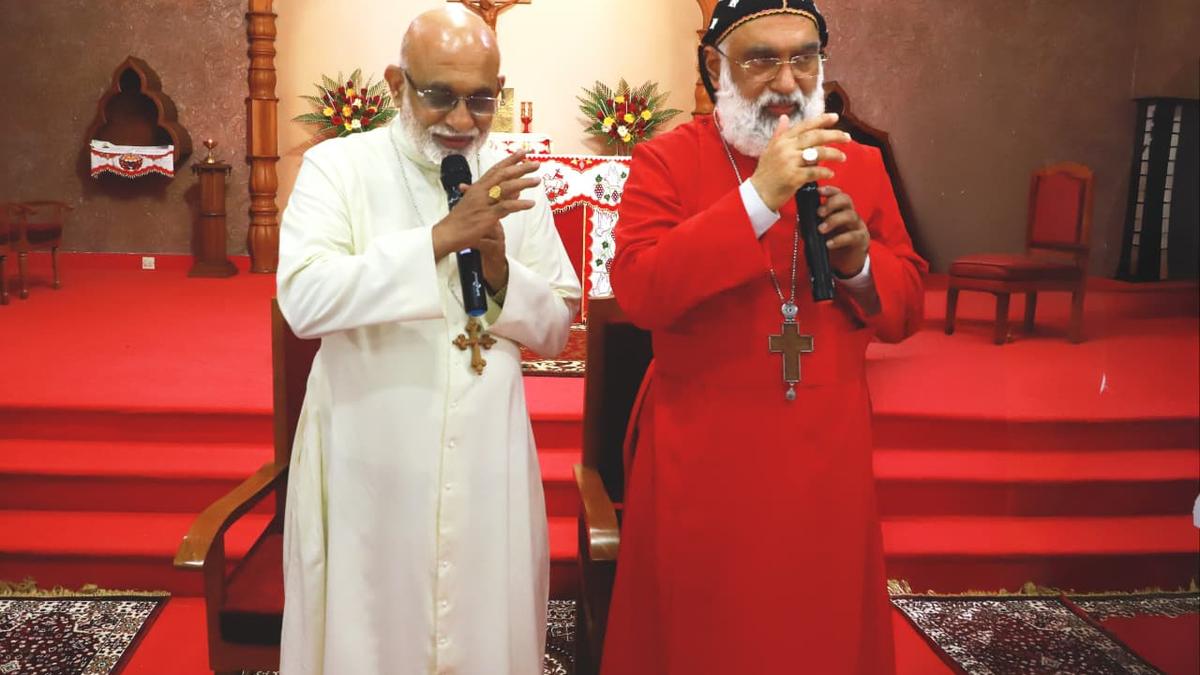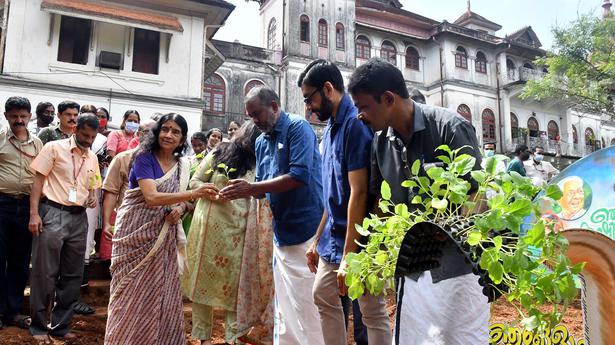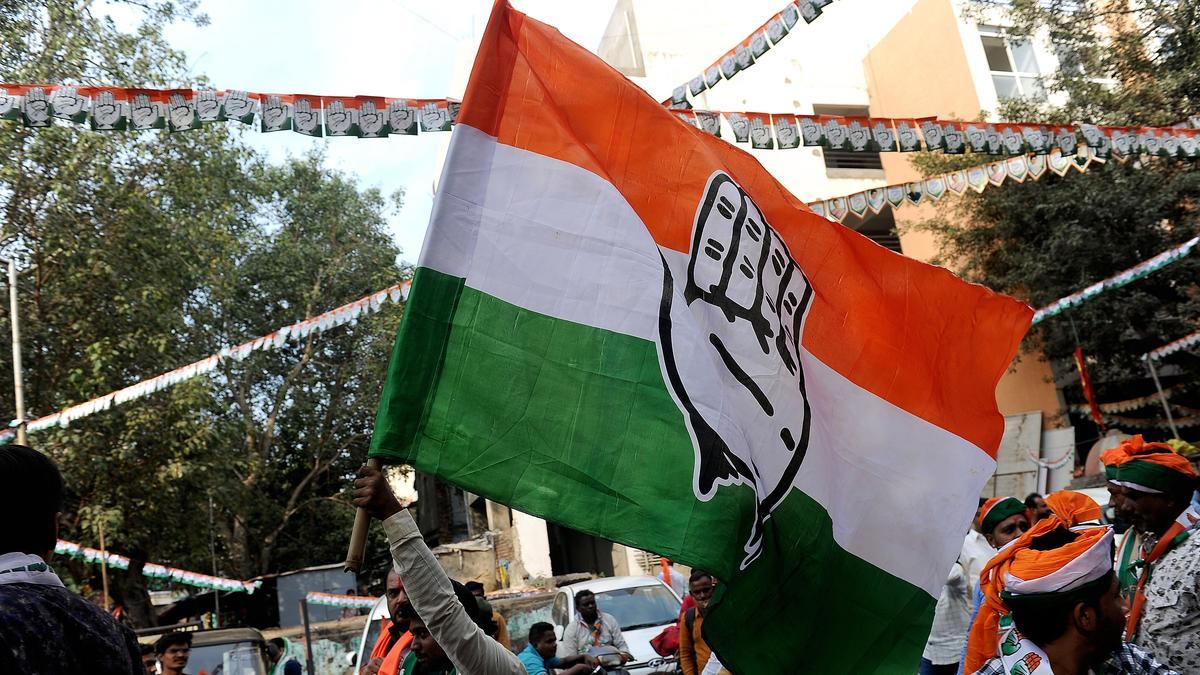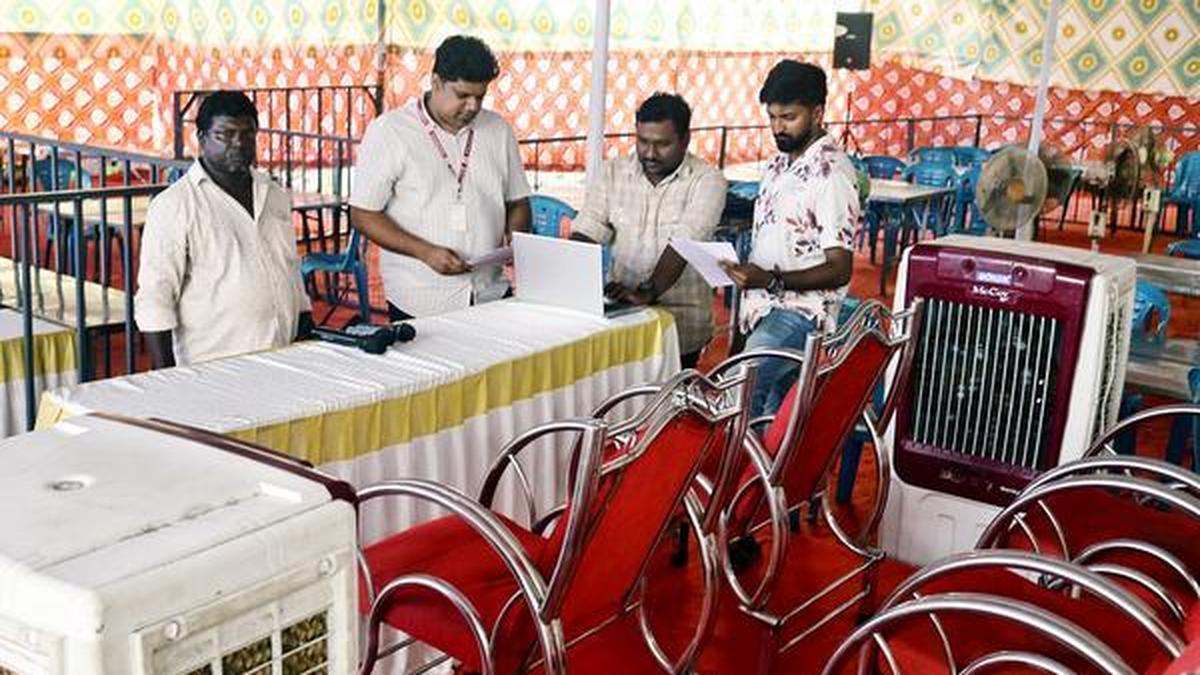Museums have the power to transform a decontextualised object to one having context with layers of meanings, Ambika Bipin Patel, president, International Council of Museums, and head, Department of Museology, Maharaja Sayajirao University of Baroda, has said.
She was speaking at a webinar on ‘The power of museums: looking through archaeology’ that was organised by the Archaeology Museum, Thrissur, in connection with International Museum Day on Wednesday.
Each object in a museum had a story, and museums could communicate their cultural association and value to visitors, provided the context was not manipulated, Dr. Patel said.
Elaborating on the education function of museums, she said interactive activities could be designed for children to enable self-learning. For instance, students could be provided with the background related to a collection and then left alone with the objects, while taking up activities such as quizzes, answering questions, making sketches, and so on. In completing the activity, the students would have to refer to the collection, thereby learning things they would not ordinarily do.
Story-telling could be another way to communicate with students, including those with autism or Down’s. Performances could be organised in museum galleries, as done in some museums abroad, that involved actors explaining the history of the object and the period it belonged to, while students could also dress up and become part of the show and make sense of the object and its various aspects.
Museums, Dr. Patel, said could also organise video conference with multiple schools that were not in a position to visit it, say because they were in a remote location, so that its collection was promoted at the same time as the students benefited from the experience. Transporting collections on a bus going from village to village and staying put there for some time was another example of outreach activity. Field visits, heritage walks, and art appreciation were other ways of engaging with children, Dr. Patel said.
Volunteering initiatives for cataloguing or documenting were another area that students of history or archaeology could contribute to their local museums if they experienced shortage of staff, she said.
Archaeology Director E. Dinesan, former department director S. Hemachandran, and former director of the Kerala Council for Historical Research P.J. Cherian attended the webinar.
International Museum Day was also observed at Pazhassi Raja Museum in Kozhikode where a scuplture-painting camp was held. Art curator Johny M.L. spoke about the journey of sculptures from studio to museums, while film critic and writer C.S. Venkiteswaran spoke on ‘Museums and visitors.’
At the Koyikkal Palace Museum in Nedumangad, local historian Vellanad Ramachandran spoke on ‘Regional history and museum.’
The programmes brought down the curtain on the month-long International Museum Day celebrations organised by the Archaeology Department beginning April 18, World Heritage Day.


